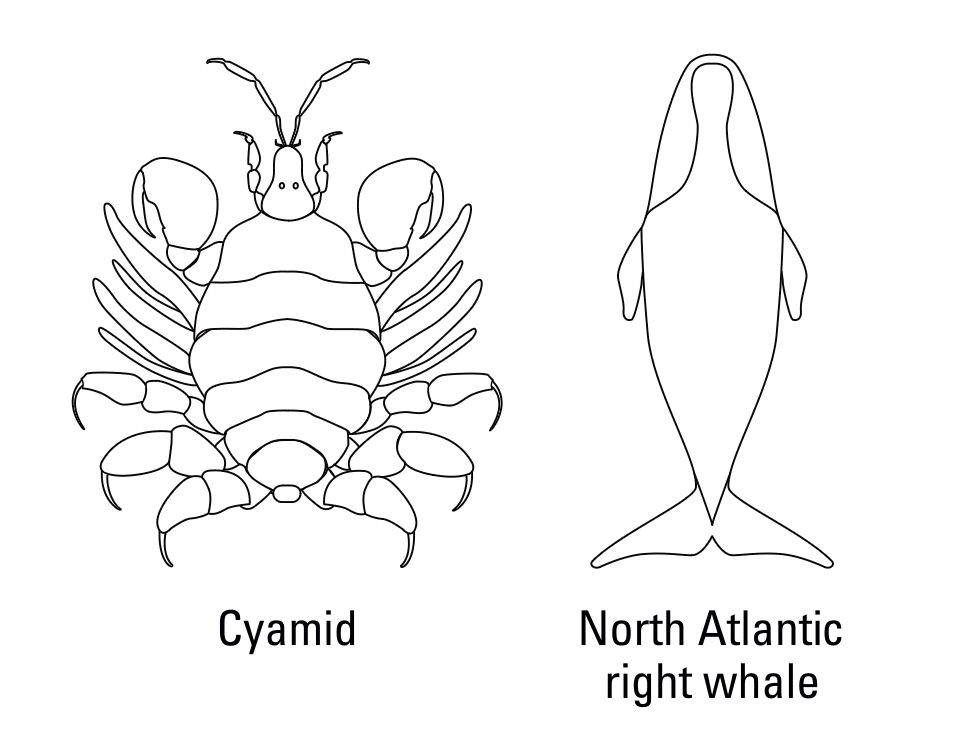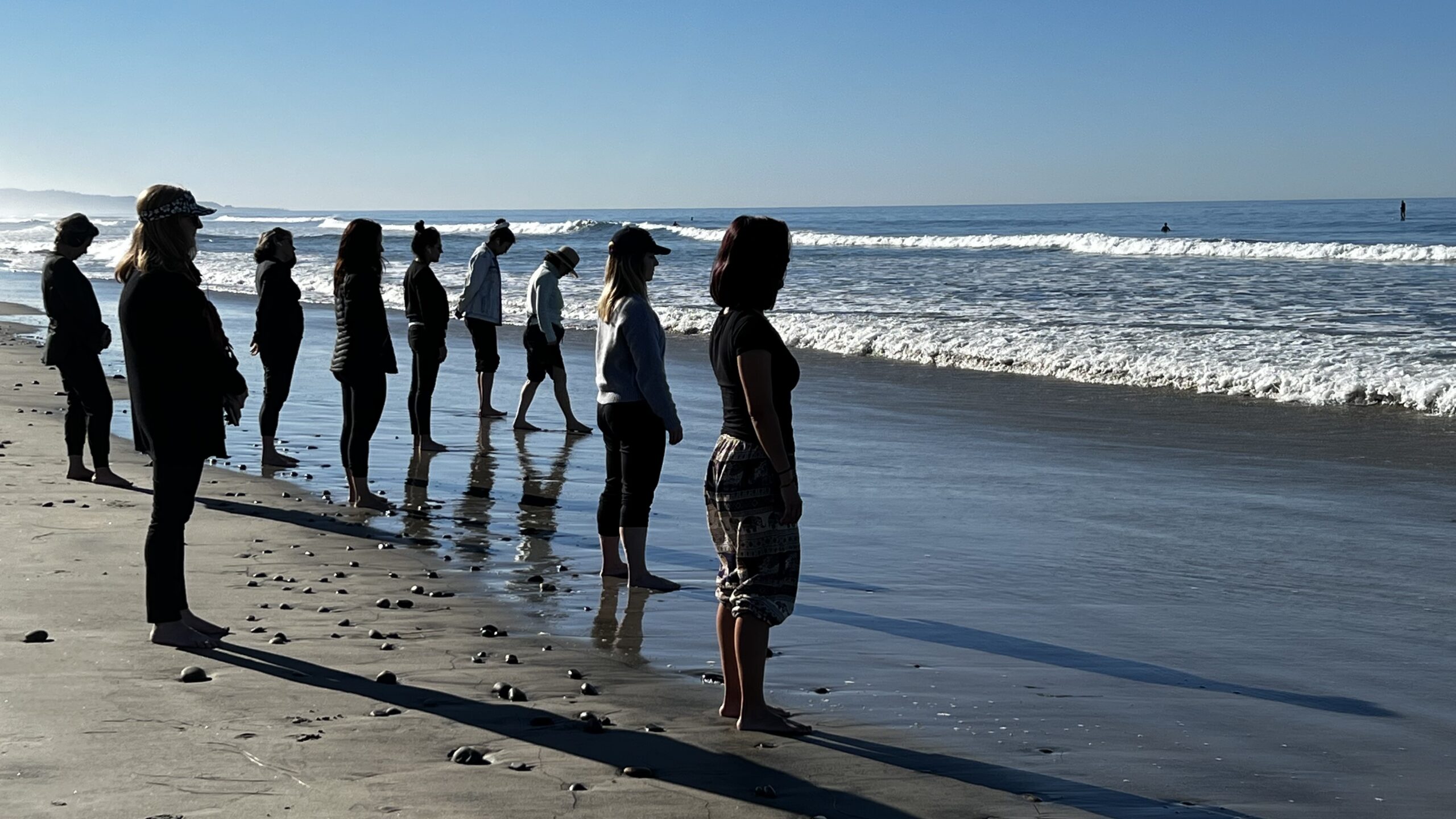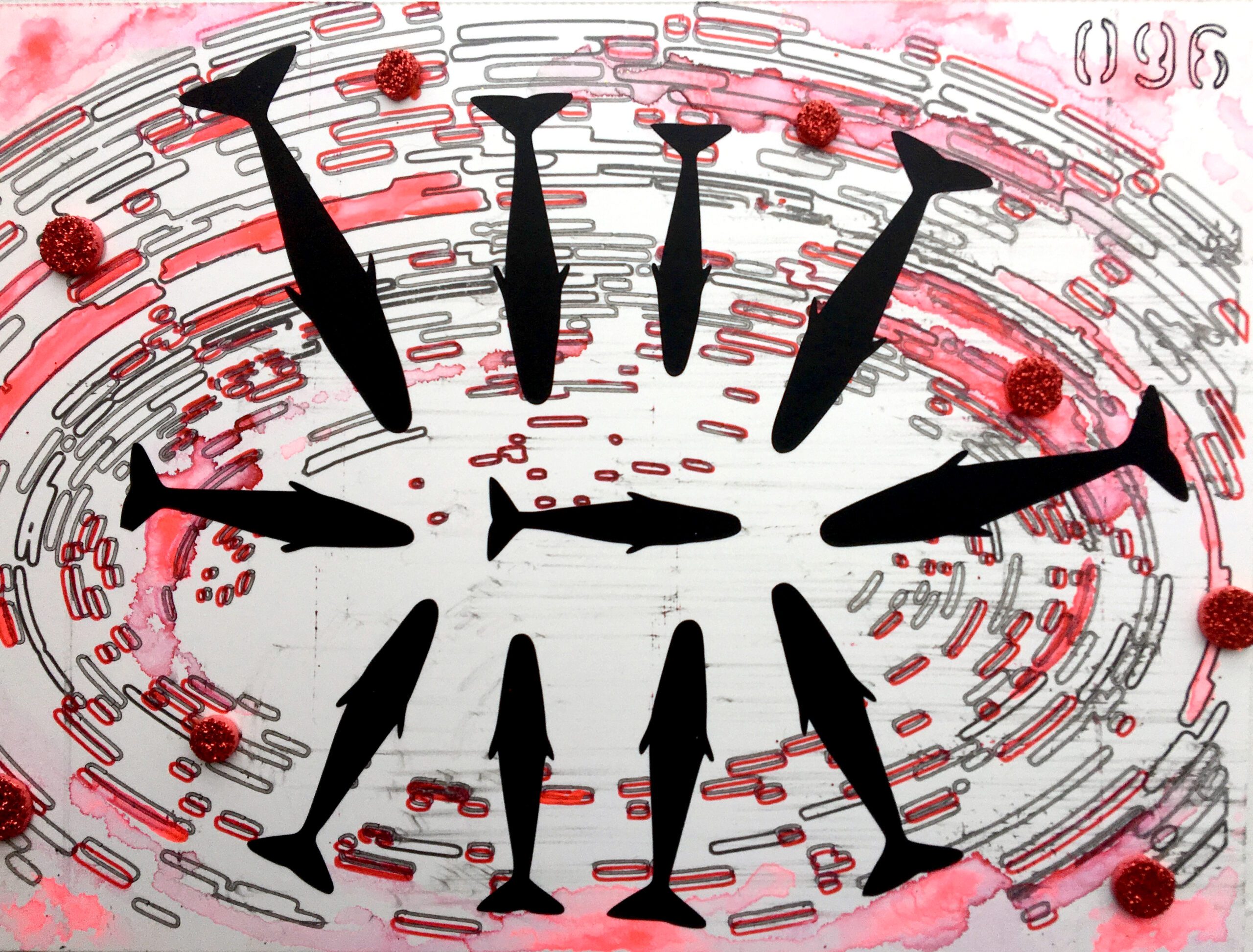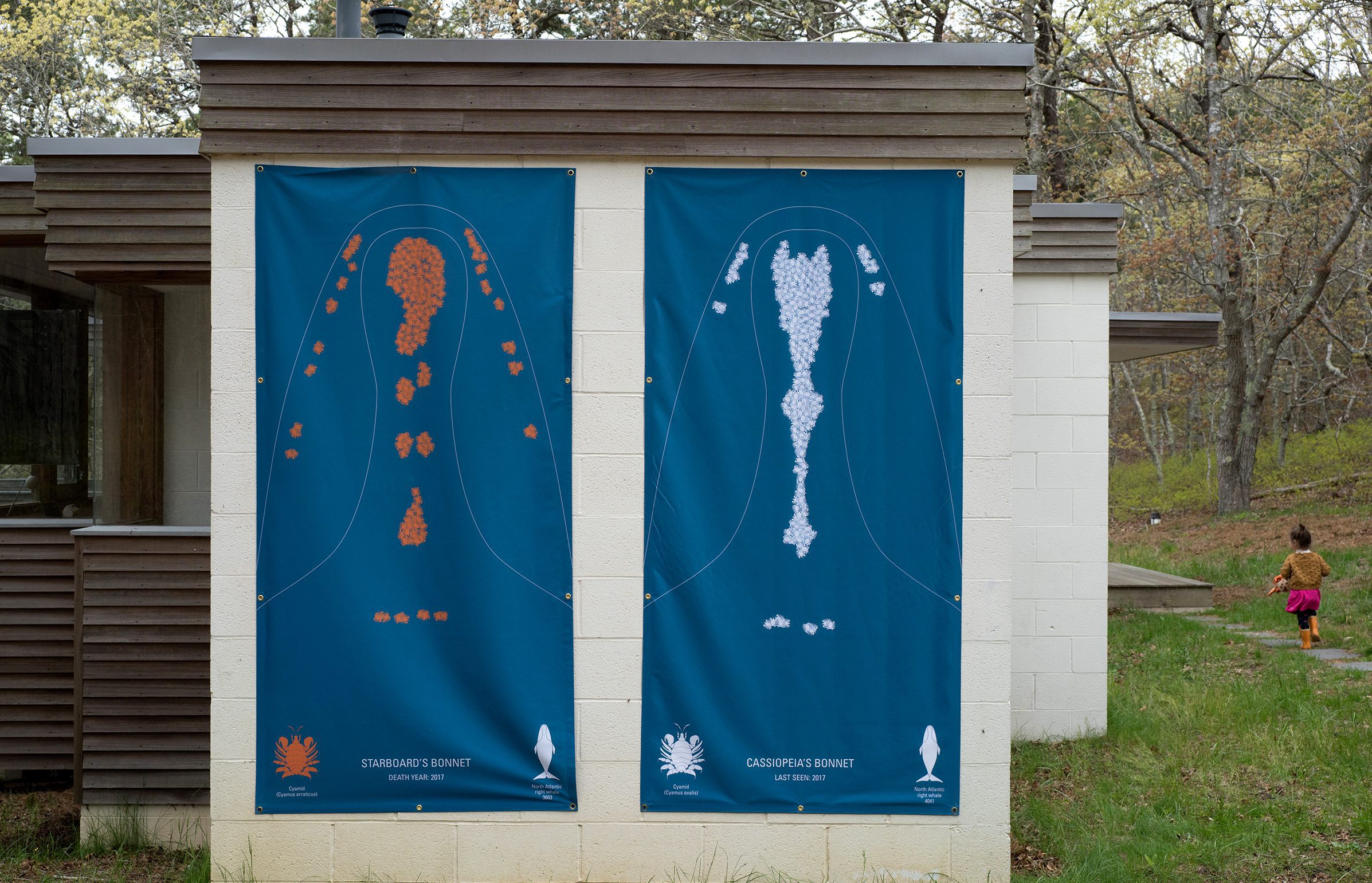MARINA ZURKOW
Items tagged
Whales

2021
Marine debris, plastic bags, metal signs, CNC cut wood, mini-golf turf
In collaboration with Blake Goble, B-Space
Documentation: Jakob Dahlin
Commissioned by Putting Green, NY
https://dearclimate.net/installations/whale-fall-feast
This work is part of the project:
When a whale dies and sinks, its carcass creates an entire ecosystem on the ocean floor, nourishing thousands of organisms. Ocean pollution affects this process and disrupts the food chain, impacting species from krill to whales. Whales are some of the longest living mammals on the planet, with lifespans from 10 to 200 years. When…

2022
Essay with illustrations and artwork
https://www.bloomsbury.com/us/lyotard-and-critical-practice-9781350192027/
Co-authored by Margret Grebowicz and Marina Zurkow for the book Lyotard and Critical Practice, Kiff Bamford and Margret Grebowicz, editors. Bloomsbury, 2022

2022
Sound, 28 minutes
Written and Performed by Anna Rose Hopkins and Marina Zurkow
Editing, production, and sound design: Pejk Malinovski
Original sound contributions: Scott Reitherman
Additional vocal performances: Kenneth Bailey, Aaron Burns, Una Chaudhuri, El Glasberg, Aria Michener, Ava Michener, Justin Michener, Liam Michener
ASL interpretation: Darius Doe
Special thanks to Stacy Alaimo, Lindsey Allen, Imani Black, Elizabeth Bishop, Una Chaudhuri, Jon Cohrs, Becca Franks, Christopher Hibma, Henry Fischer, Miles Freeman, Dylan Gauthier, Jennifer Jacquet, Kwonyin, Steve Mentz, Katie Pearl, Jose Rosero, Carrie Roble, Lauren Ruffin, Abigail Simon, Nancy Sowinski, Suzanne Thorpe, and Paola Zanzo
Found sources: Gravity Music, Lao Tzu, Alphonso Lingis, Ennio Morricone, Lalo Schifrin, WeTM, Heathcote Williams
Originally commissioned by the FoodxFilm Festival and the Guild of Future Architects, in support of Good Food For All and the United Nations Food Systems Summit
This work is part of the project:
“A Liquid Wanting” is a 28 minute audio theater work exploring the lives of ocean beings and the ocean itself as a planetary force, prompting listeners to dissolve, mutate and transform as they are led through imagined embodiments—from human to sea cucumber to marine snow to whale.

In 2017 I audited a class at ITP (the Interactive Telecommunications Program), Tisch School of the Arts, NYU called “100 Days of Making” led by Katherine Dillon. The class is structured just as the title proclaims: 100 days of unique creative outputs. It is a relentless process, one in which you work fast enough to…
